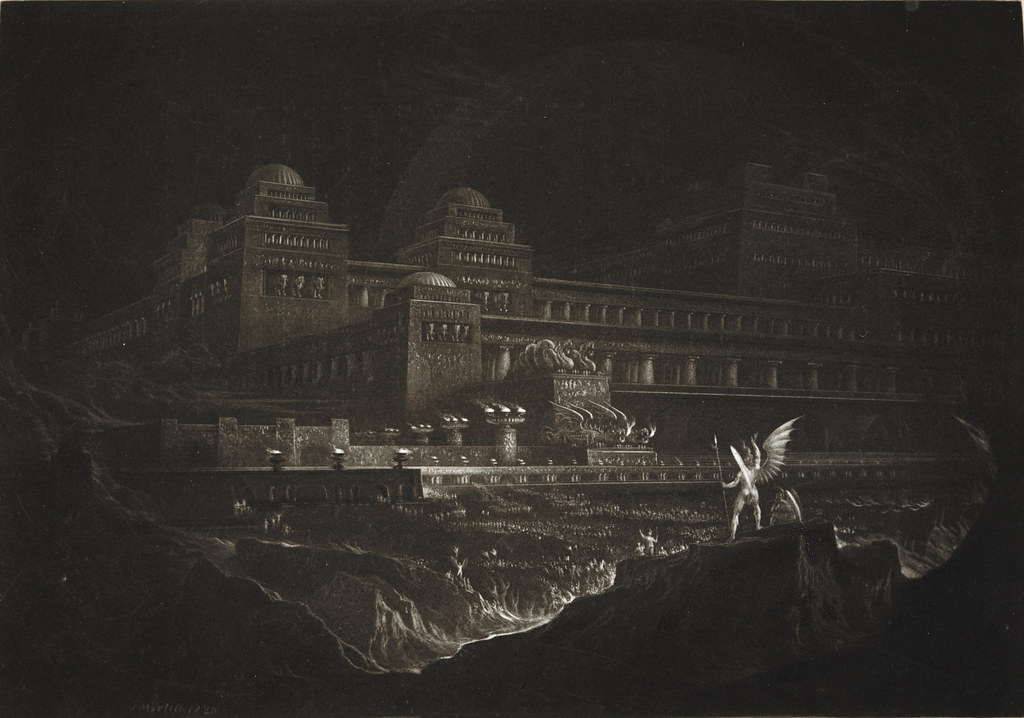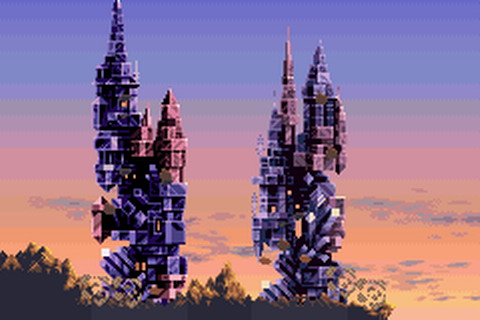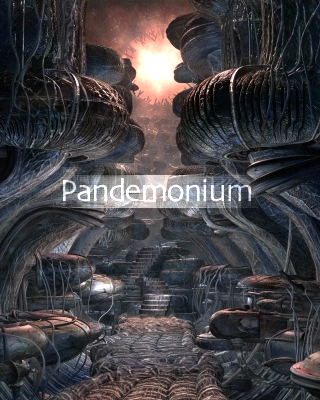
The idea of the world of the dead as a physical place is fascinating to me, probably at least partially because I love maps.

Whether people in ancient times who wrote about such things genuinely believed that the Underworld had actual rivers, plains, and buildings, I don’t know. Maybe it was all meant to be metaphorical, although I’m sure it varied. I find it interesting that both Dante and John Milton placed cities in Hell, because I suppose it must need an administrative center. That said, the city in Dante’s Inferno doesn’t really seem to fulfill that purpose. The city of Dis is named after what the Romans called the entire Underworld, as in the Aeneid, by Dante’s hero Virgil. Located in the Sixth Circle, beyond the Styx, it’s a fortified place surrounded by an iron wall and lit by an eternal fire.

It’s said to have towers and minarets, the latter of which would have been associated with Islam and mosques. It’s guarded by some fallen angels, Furies, and Medusa. Dante populated Hell with a lot of monsters from Greco-Roman mythology, even though it’s not always clear why they deserve to be there. The Furies were violent, but in the context of making sure people kept oaths and didn’t murder family members. And Medusa lived on an isolated island with her sisters. There’s some precedent because the Furies lived in Hades and Aeneas saw Gorgons at the entrance to Dis, but that was a more neutral Underworld.

Anyway, an angel shows up and opens the gates of Dis, which is the home to heretics who spend their afterlife in flaming coffins.

Apparently there are some indications that ALL of the lower part of Hell counts as Dis, but it’s more commonly interpreted as just the Sixth Circle. The rest is, I suppose, the Greater Dis Metropolitan (or maybe Necropolitan?) Area.
Milton’s Pandemonium serves as an actual capital city, where Satan and his Stygian Council hold court. His Satan is a more active ruler than Dante’s, who apparently just hangs out in his ice chamber eating betrayers. The idea of Hell as a kingdom with a hierarchy and nobility is an old one, but identifying certain demons as princes, dukes, and such seems to have become popular around the fifteenth century, after Dante but before Milton. The city is said to be made of gold, and to have been built by a fallen angel named Mulciber at the order of Mammon.

Mulciber is directly associated with Hephaestus, and is said to have designed buildings in Heaven before he decided to join Lucifer. I don’t know that Heaven is popularly thought to have cities, but there is the new Jerusalem from Revelation that’s basically a heavenly city. Pandemonium was built in an hour, and is very opulent but insanely crowded. There’s an association with greed due to Mammon’s involvement, but the world of the dead has long been tied to precious metals due to the fact that they’re both found underground. The god Hades‘ alternate name Pluto comes from the Greek for wealth, and I believe the Roman name Dis does as well. I don’t think it’s directly associated with “dis” in the sense of insulting someone; that comes from “disrespect.” Still, I’m sure plenty of people are dissed while in Dis. “Pandemonium” has become a general term as well; I don’t think I even realized the word “demon” was in it until I saw it in the context of Hell. It basically means “all demons.” Pandemonium is used in its original sense in Final Fantasy II, in which it was sealed away underground by the Mysidian mages with the Ultima spell.

After you defeat the Emperor of Palamecia for the first time, he becomes the ruler of Hell and raises the city again. It’s also the name of Garland’s castle in FF9, and an underground research facility in FF14.

